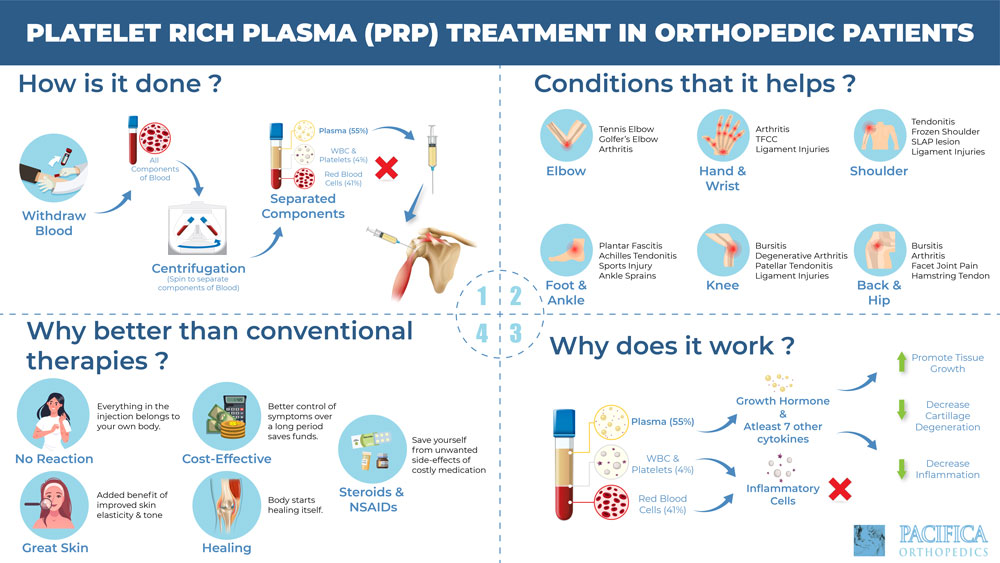Knee pain is commonly reported by middle-aged patients.1,2 Osteoarthritis, a common cause of knee pain in this age group, is expected to continue to increase in incidence, especially as the overall population ages and becomes increasingly more overweight.1-5 MRI has emerged as a more frequently used screening tool in patients with knee pain.6-9 Some studies report that direct access to MRI has helped general practitioners avoid unnecessary referrals to specialists and justify the need for referrals when made.10,11 The Direct Access to Magnetic Resonance Imaging: Assessment for Suspect Knees trial, a randomized controlled trial performed in England, concluded that a general practitioner’s access to MRI may improve his or her diagnostic and treatment confidence and may lead to a statistically significant improvement in a patient’s knee function and health-related quality of life through optimized surgical management.12-14
Although MRI offers detailed information about the soft-tissue structures of the knee, it requires a significant amount of time for the patient to obtain the test and it is financially costly to the healthcare system at large.9 Overall outpatient imaging costs submitted to Medicare have increased substantially in the last decade and are now estimated to be >$13 billion annually.15,16 The Medicare charge for a single MRI of the knee is >12 times that for a series of plain radiographic studies.17 In addition, the MRI findings for the knee are not always clinically relevant. Several previous studies have demonstrated a high rate of incidental meniscal tears in patients aged ≥45 years, both in asymptomatic patients and in those with painful osteoarthritis.18-20 Patients with marked degenerative changes often have a concomitant meniscus tear, yet the presence of a meniscus tear with underlying osteoarthritis typically does not add to patient pain or dysfunction.18,20 Although arthroscopic partial meniscectomy is at least as effective as physical therapy in the treatment of knees with mild to moderate degenerative changes,21 arthroscopy is not any more effective than placebo for knees with advanced osteoarthritis.22,23 Therefore, the identification of meniscal tears in patients with advanced osteoarthritis is not essential and the indications for MRI are limited in patients who have significant osteoarthritis. Plain radiographic studies can often demonstrate advanced osteoarthritis, thereby identifying those patients in whom knee MRI is likely to provide little clinical value. Furthermore, studies have previously reported the value of weight-bearing radiographs, compared with non–weight-bearing radiographs, for providing the most accurate demonstration of joint space narrowing.24,25 In addition, plain radiographic studies offer the added benefits of being less expensive and easier to obtain compared with MRI.




0 Comments